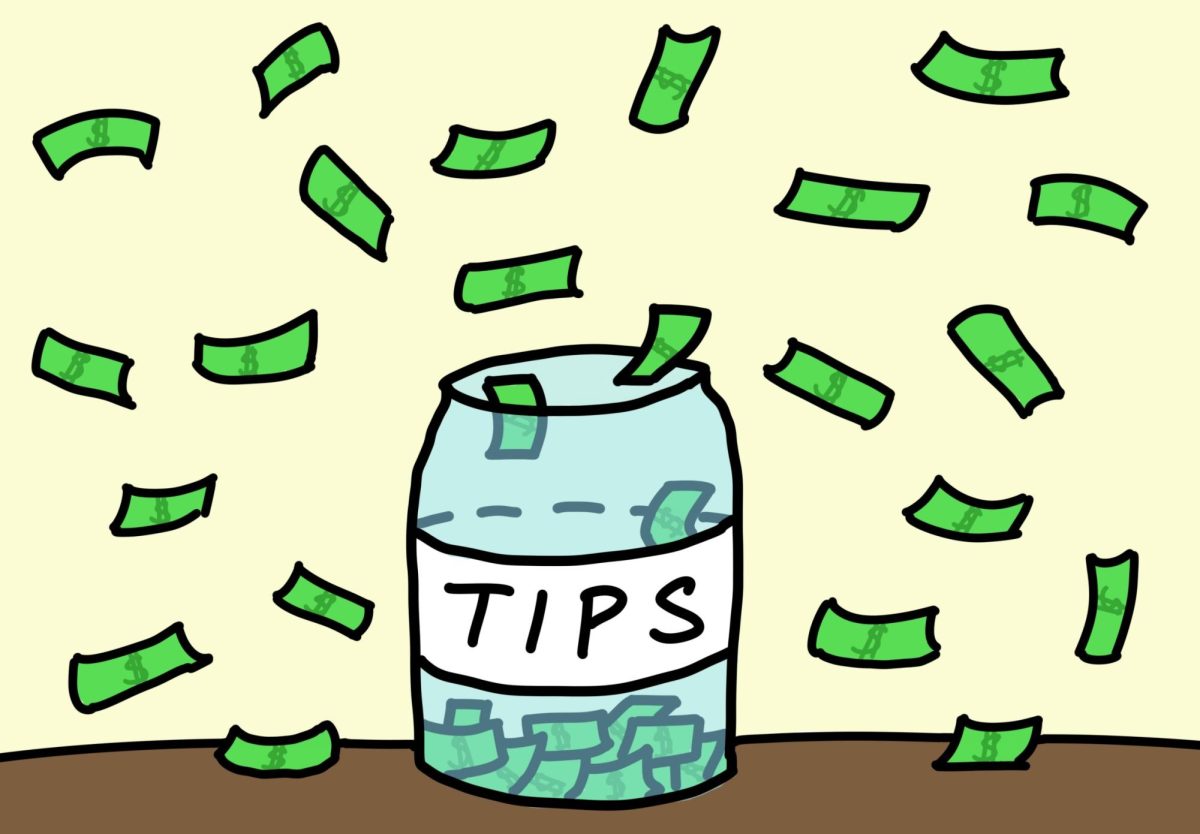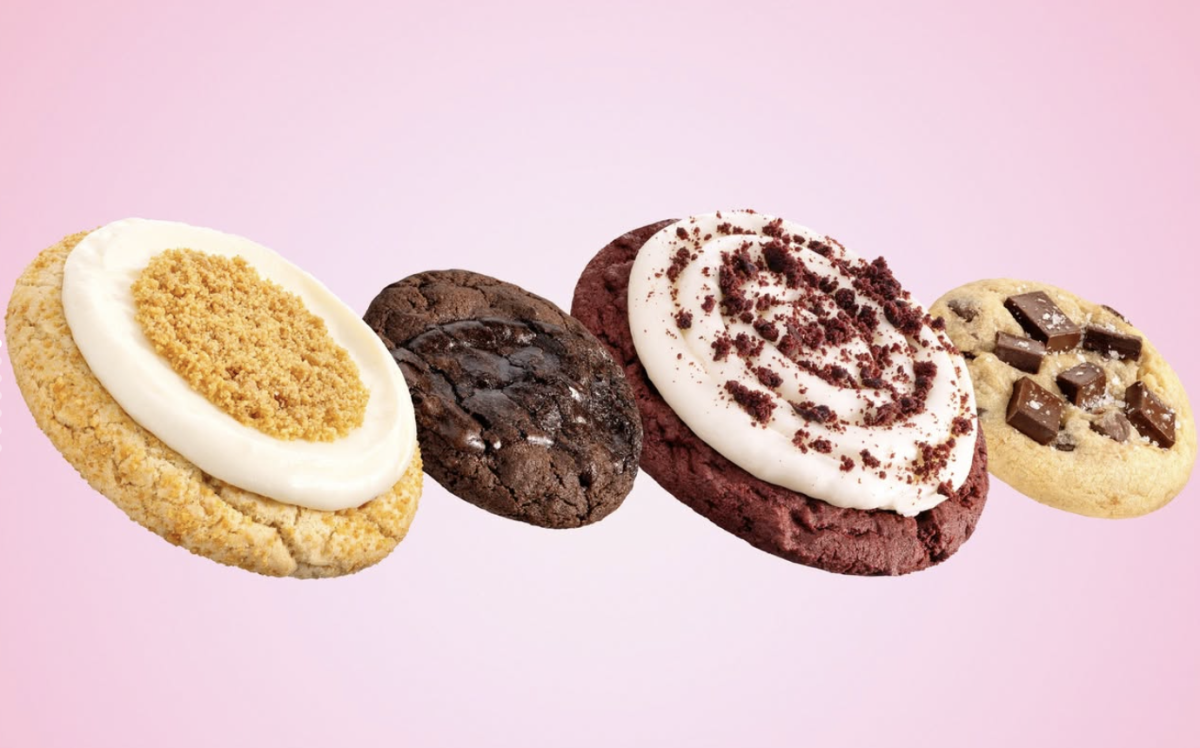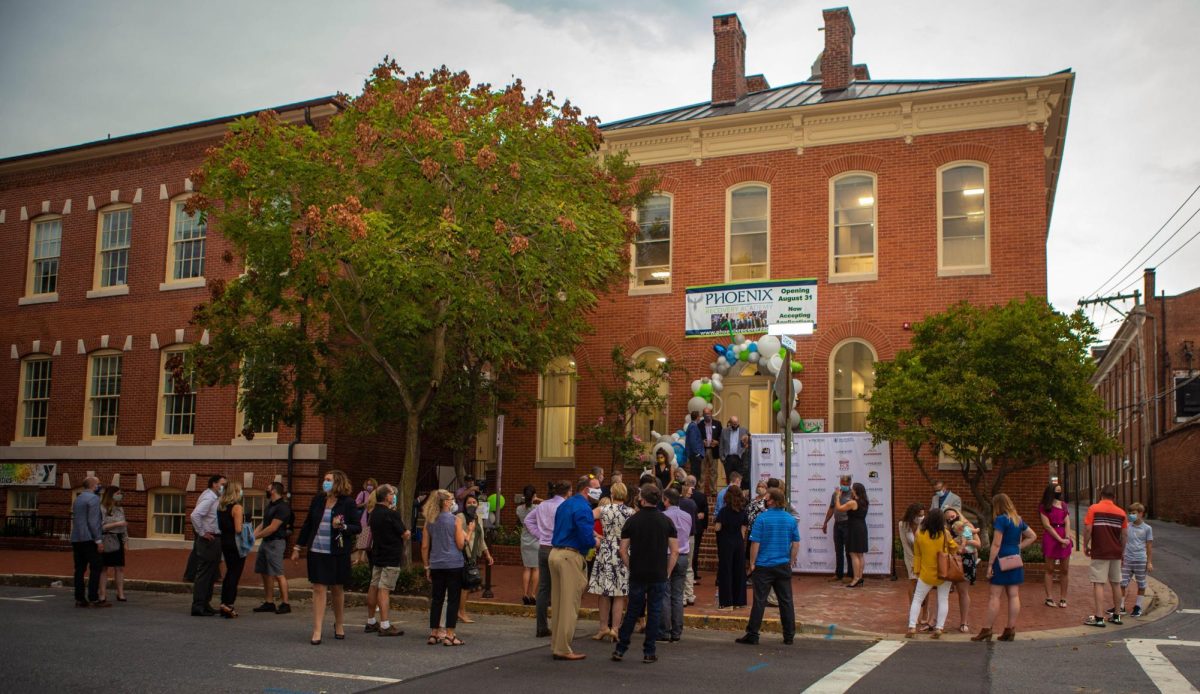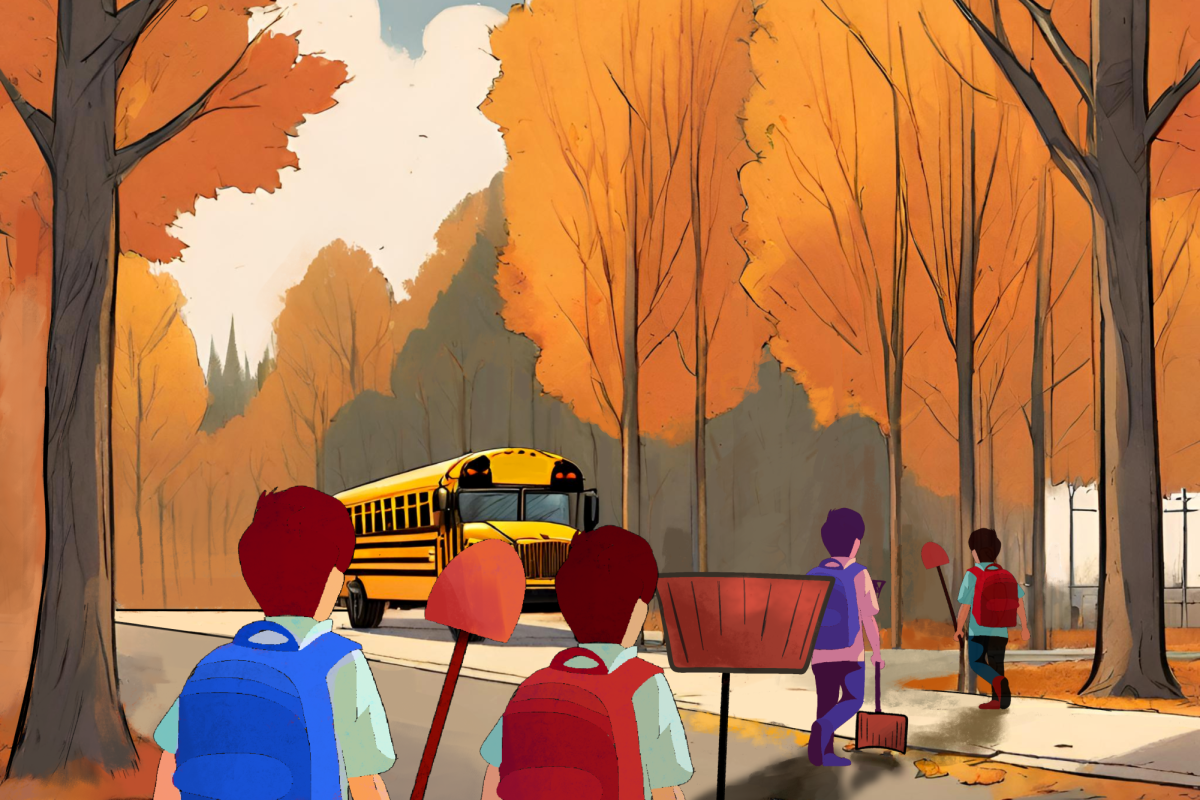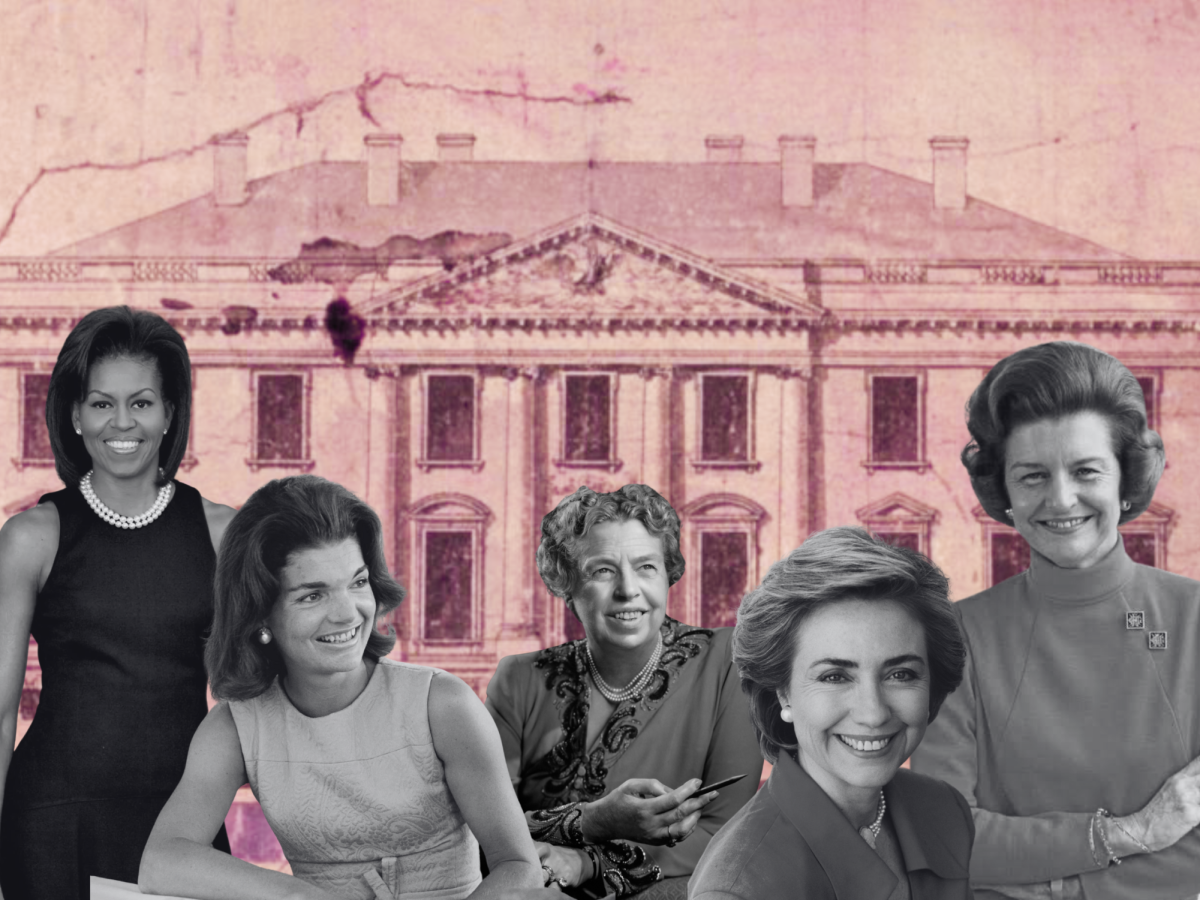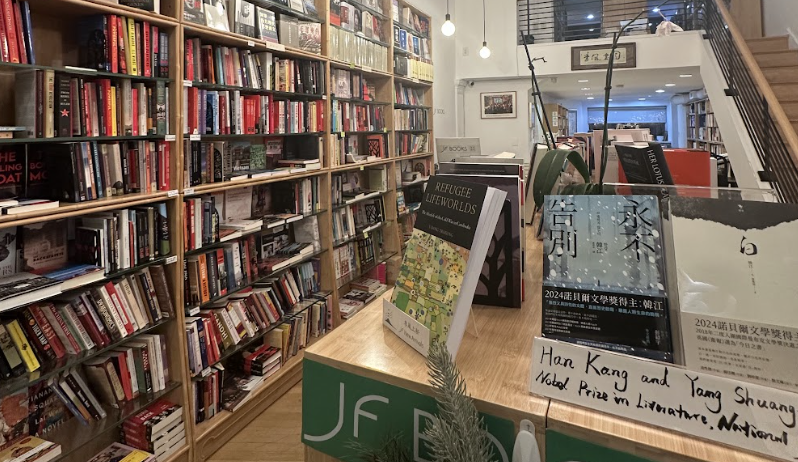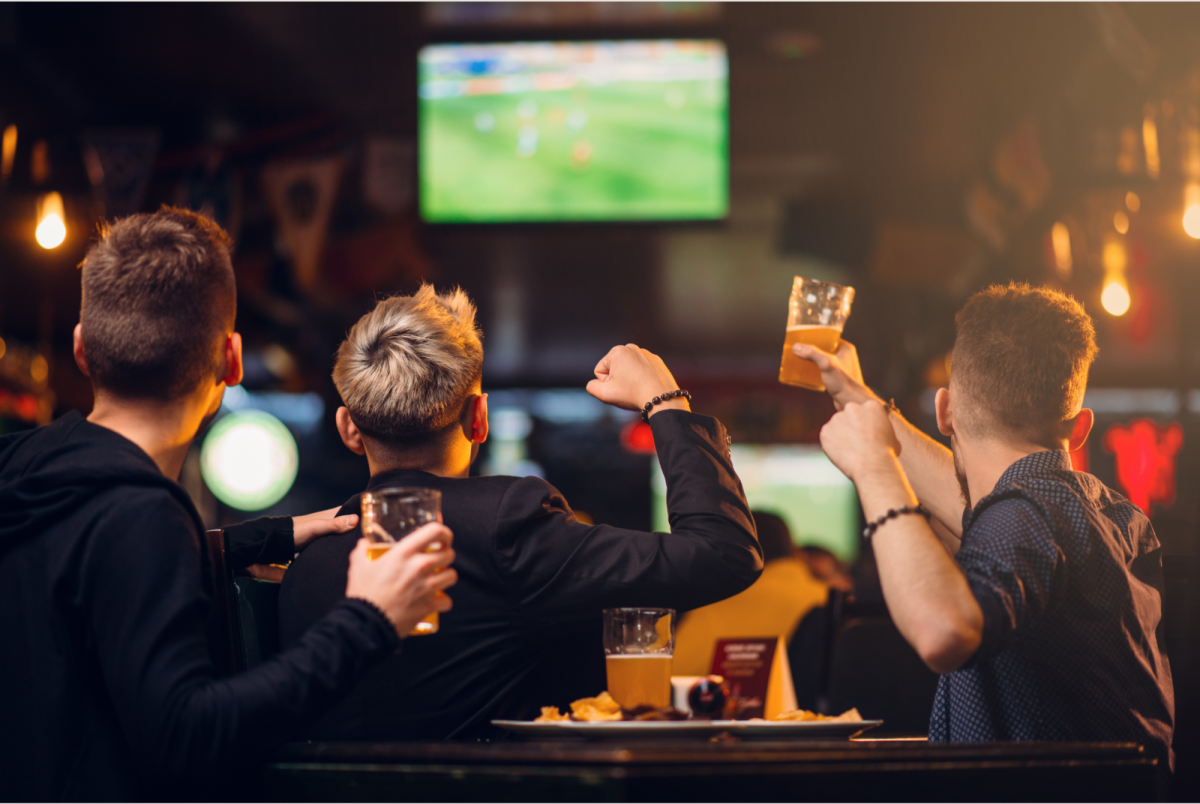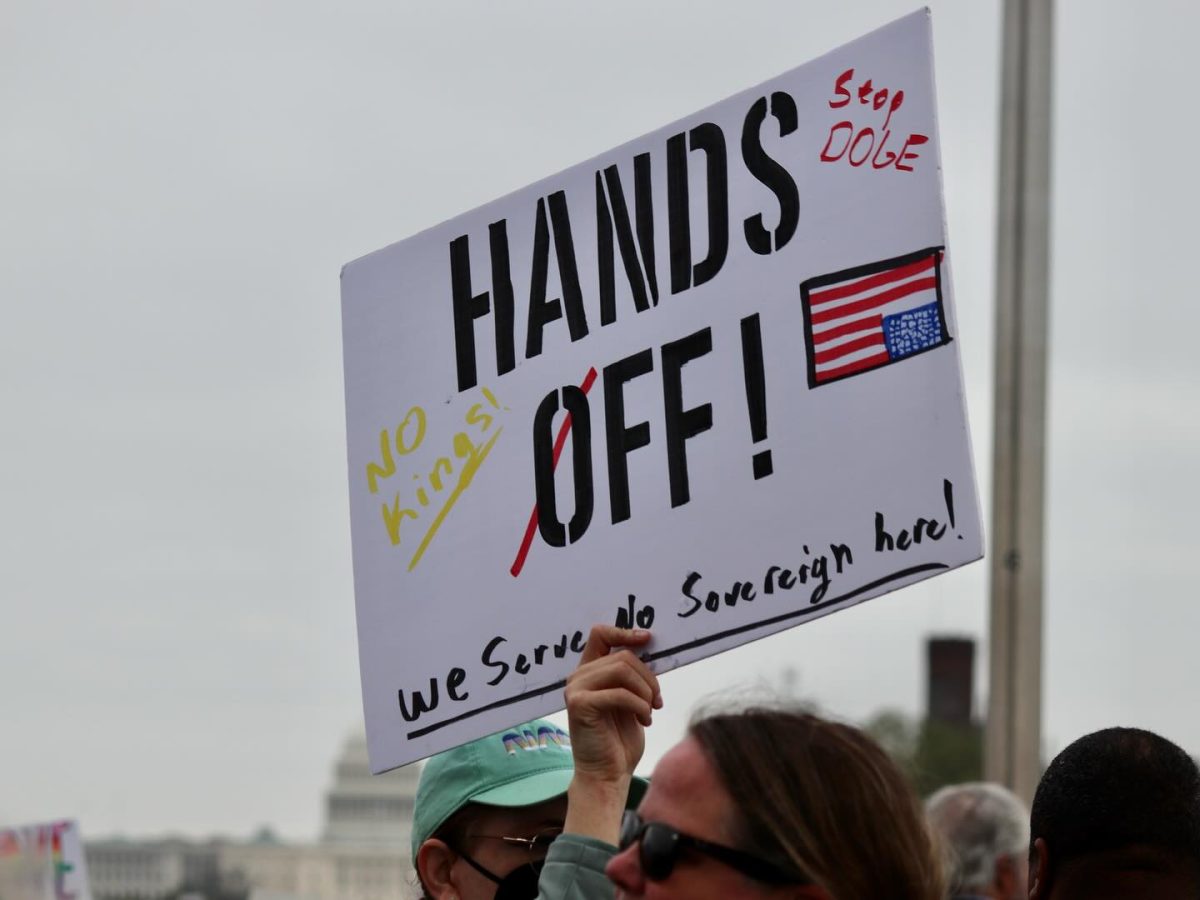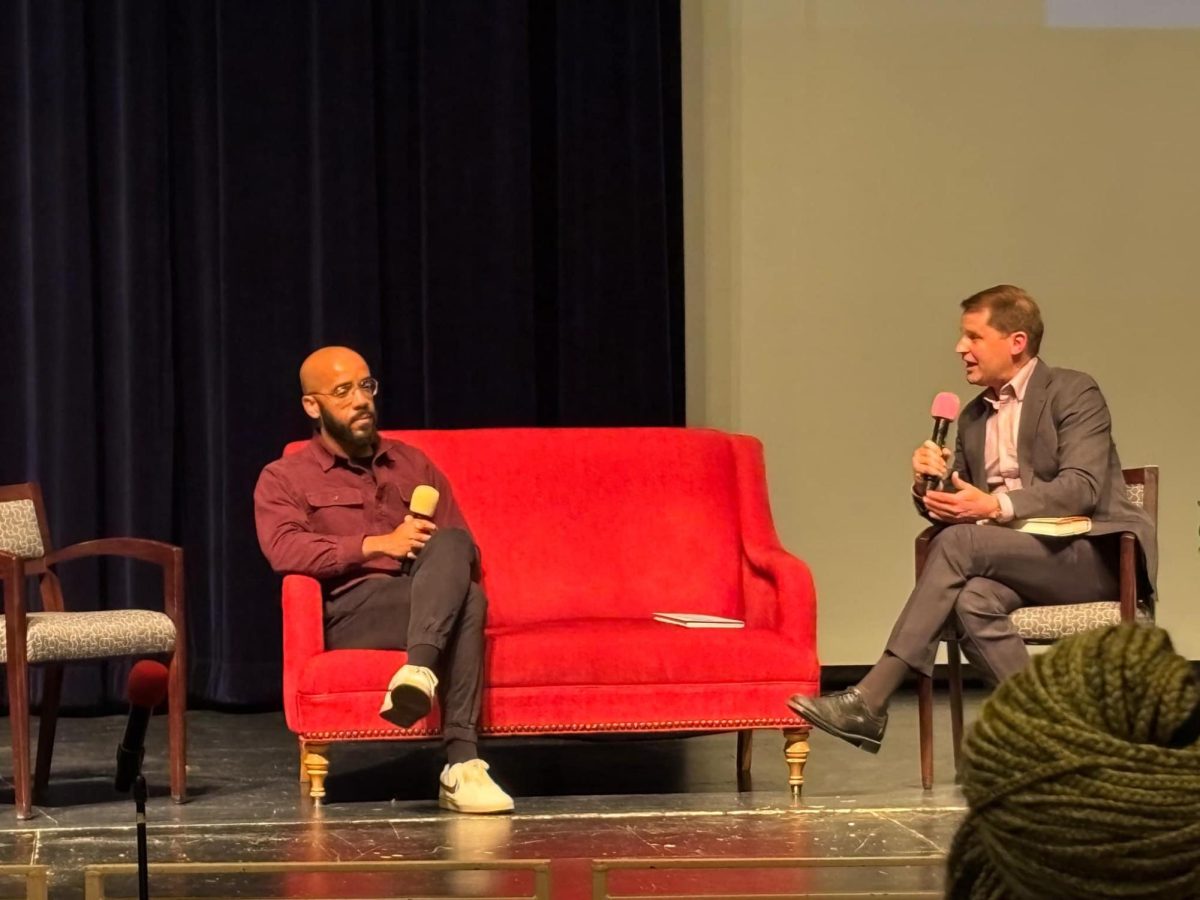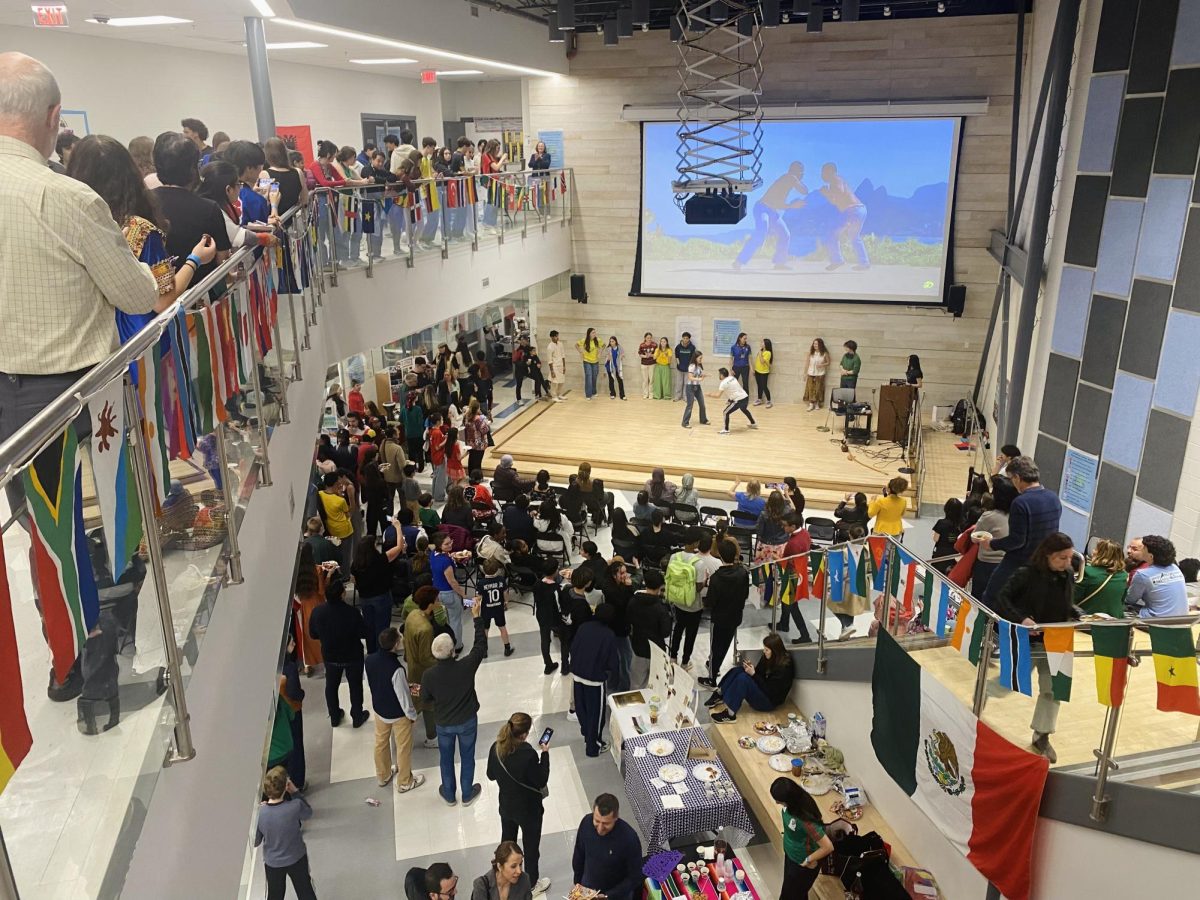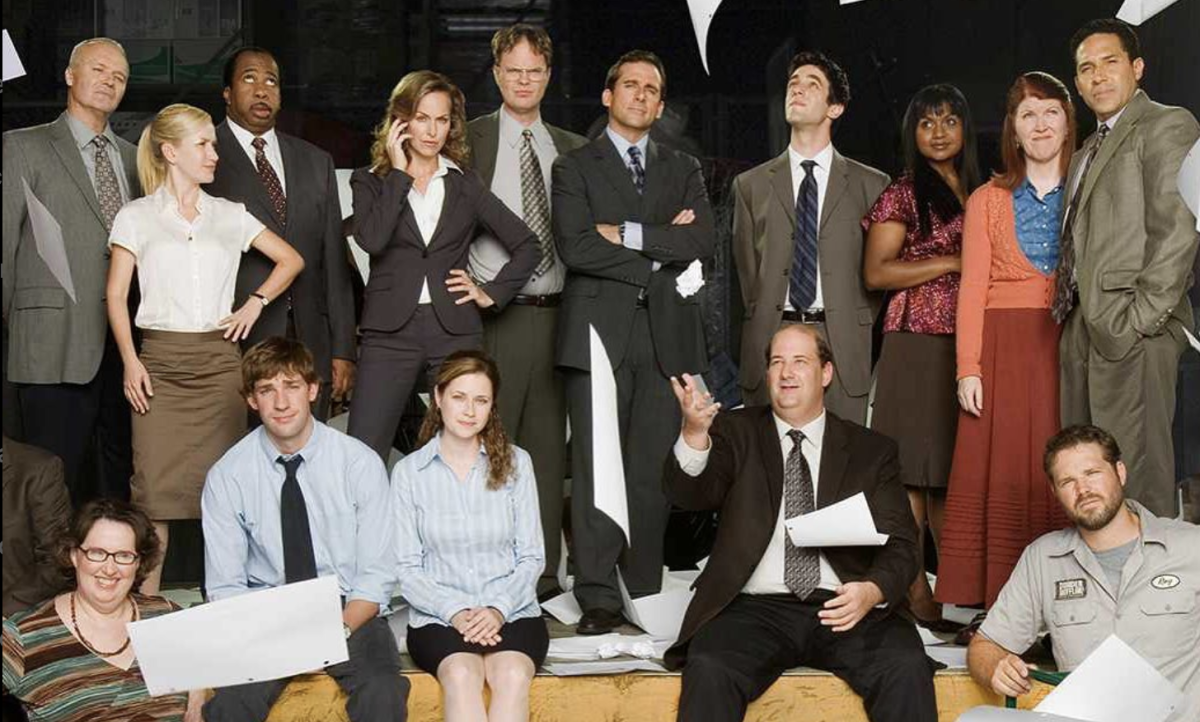A bell chimes as a customer enters their local Starbucks, eager to order their favorite drink. The cashier takes the order and then points to a bright screen presenting an array of tipping options. The customer hovers over the choices — they question whether they need to add to an already overpriced bill. Finally, they tap the no-tip option while exchanging an awkward glance with the employee.
Even though Americans pay the most tips globally in the service industry, more than two-thirds have a negative view of the gratuity system. Tipping was originally designed for customers to show appreciation for service, but its uses have significantly increased. These new tipping prompts leave approximately one-third of Americans confused about what services warrant a tip. Alongside the rise of gratuity prompts, there’s been an increase in the standard tipping percentage over time.
In the 1950s, people commonly tipped their waiters 10%, a figure which grew to 15% in the 1980s. The percentage standard has only continued to rise in the past decade.
AP Economics teacher Kevin Oberdorfer, a former waiter himself, acknowledges the high cost of tipping but says that his experience in the service industry has helped him understand its necessity.
“I think most people who’ve ever been in restaurant work or in service would say you never tip less than 20% unless they really screw something up,” Oberdorfer said.
While it has always been an American tradition to tip waiters, tipping cashiers is a new phenomenon. Currently, around 48% of quick service restaurants, like Starbucks, ask customers for tips, a 10% increase from 2020.
Julien Devlin, a waiter at Seasons 52, believes that the job of a waiter has stark differences compared to a cashier. Contrary to cashiers simply taking customer orders, waiters at sit-down restaurants must attend to every request from customers for an enjoyable meal.
Even though tips were historically designed to show appreciation for restaurant service, it’s becoming more common to tip as much as 20% at places such as fast food restaurants and self-service kiosks. With new technology facilitating simple digital payment, cashiers can now simply turn a screen to prompt customers for a tip. Tipping percentages such as 10%, 15% and 20% have now been replaced by 18%, 20%, and 25% causing customers to spend more.
Sophomore Achilles Adamantiades believes that tipping culture adds stress to customer-worker interaction. While he does tip 20% at restaurants, Adamantiades believes that Starbucks workers and waiters should not be tipped the same since their services differ.
“Especially if I just make one small purchase and then they turn the screen around and look away, then it’s very awkward,” said Adamantiades. “I just feel pressured to tip.”
Tipping culture stems from the need to rely on tips as a restaurant server. The federal minimum wage for tipped workers is $2.13, significantly less than the minimum wage for non-tipped workers at $7.25. Oberdorfer believes that regardless of whether paying workers more or not, customers are at a disadvantage. If Starbucks were to pay employees more, wages would be increased causing money to come out of the consumers’ pockets either way.
“Consumers are essentially paying part of the wage that Starbucks should be paying these people anyway,” Oberdorfer said.
56% of Americans believe that companies should give their staff a higher wage so customers aren’t expected to tip. In European countries tipping is not expected and is considered a bonus for employees. In some places, such as Japan, it can even be considered rude to tip. For Devlin, tips make up approximately 95% of his income with his hourly rate of $3.20.
“There are other, I would say lower-end restaurants, especially at the ones in my mall where tipping generally isn’t a sustainable way of work,” Devlin said.
During the COVID-19 pandemic, retail workers saw a rise in tipping to combat financial struggles; however, the U.S. hasn’t reverted to original tipping norms. If anything, tipping prompts have grown even more ubiquitous. Tipping has evolved into a societal norm rather than a way of showing appreciation for a person’s uniquely exceptional work. As tipping rates and prompts continue to rise, Oberdorfer wonders if there will ever be a limit to tipping culture.
“Culturally, we’re seeing change,” Oberdorfer said. “What about when you go buy a pair of shoes? Are you going to tip them because they did a good job of helping you try on shoes? Are we going to become this uber-tipping culture?”



